What is Opana 10mg and how is it used?
Opana 10mg (oxymorphone hydrochloride) Tablets is a prescription medicine used to treat the symptoms of Moderate-to-Severe Pain and Chronic Severe Pain. Opana may be used alone or with other medications.
Opana belongs to a class of drugs called Opioid Analgesics.
It is not known if Opana is safe and effective in children.
How it works
- Opana 10mg is a semi-synthetic opioid derived from thebaine, a constituent of the opium poppy, that may be used to relieve severe pain.
- Oxymorphone is a full opioid agonist and is relatively selective for the mu-opioid receptor, although it may bind to other receptors at high dosages. Because it is a full agonist, there is no ceiling effect for pain relief. Oxymorphone has morphine-like properties and is used for the relief of severe pain that is unresponsive to less potent pain-relieving medicines.
- Oxymorphone belongs to the class of medicines known as opioid analgesics. It may also be called a narcotic analgesic.
Uses of Opana 10mg
- Relieves severe acute and chronic pain not controlled by other pain-relieving medicines.
- Available as a tablet, injectable solution, and rectal suppository.
- Generic oxymorphone tablets are available.
Side Effects
If you are between the ages of 18 and 60, take no other medication or have no other medical conditions, side effects you are more likely to experience when taking Opana 10mg include:
- Dizziness, headache, drowsiness, constipation, fever, nausea, vomiting, and itchy skin are the most commonly reported side effects. Insomnia, diarrhea, dry mouth, abdominal pain, decreased appetite, blurred vision, confusion, fast heart rate, low blood pressure, and increased sweating may also occur.
- May cause shortness of breath and there is a risk of life-threatening respiratory depression (severe difficulty with breathing). More likely to occur in people who are taking extended-release tablets and also in the elderly, debilitated, or those with pre-existing breathing problems, even at moderate therapeutic dosages.
- Oxymorphone is a schedule II controlled substance and is up to 10 times more potent than morphine on a weight-for-weight basis. Note that different sources cite different equivalent dosages; in reality, there is a wide inter-individual variation between effective opioid dosages. For this reason, it is better to underestimate oxymorphone requirements and provide rescue medication (in the form of immediate-release opioids) than to overestimate oxymorphone requirements which could lead to a fatal overdose.

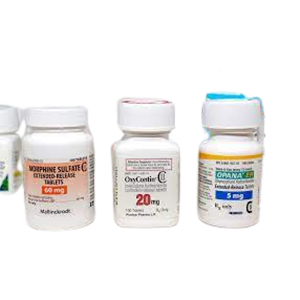
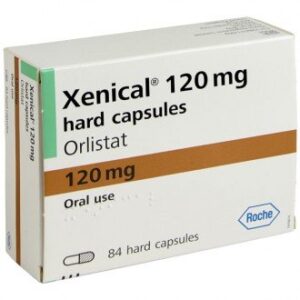
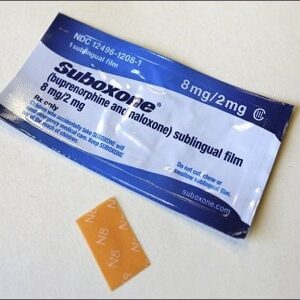
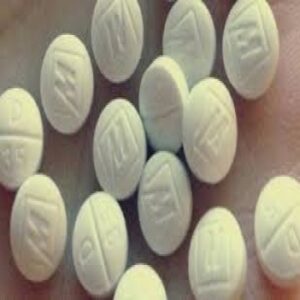

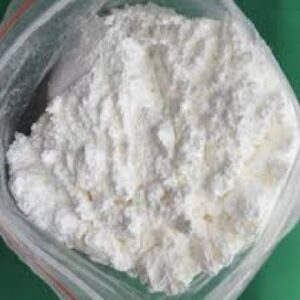
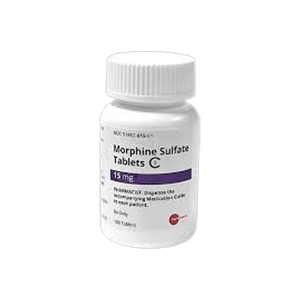
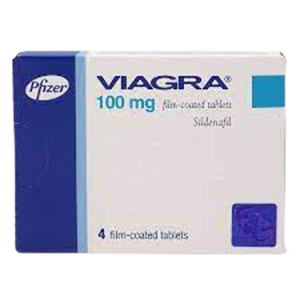

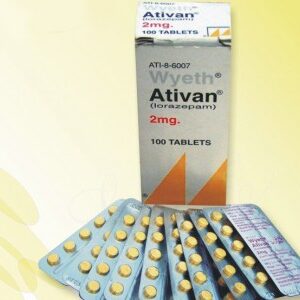
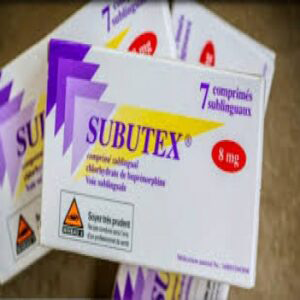
Reviews
There are no reviews yet.